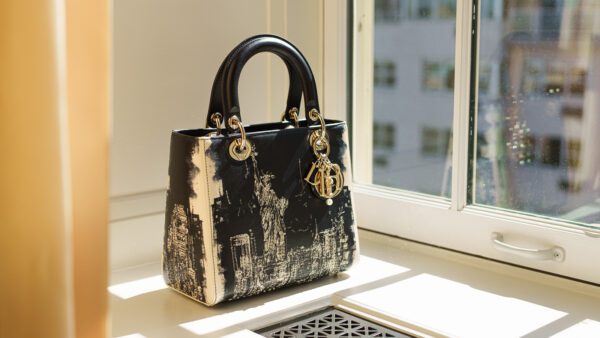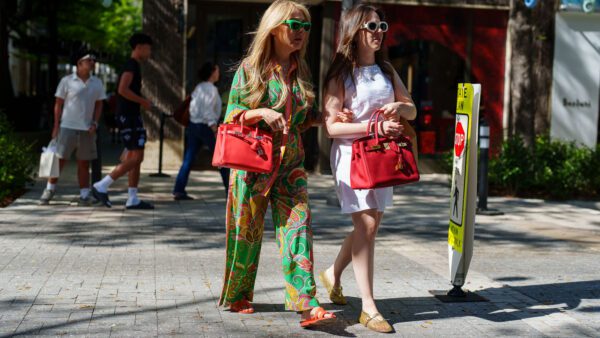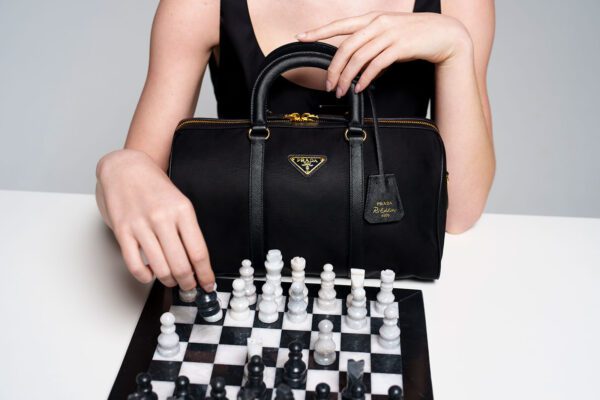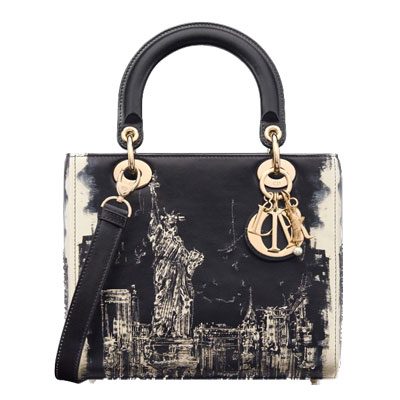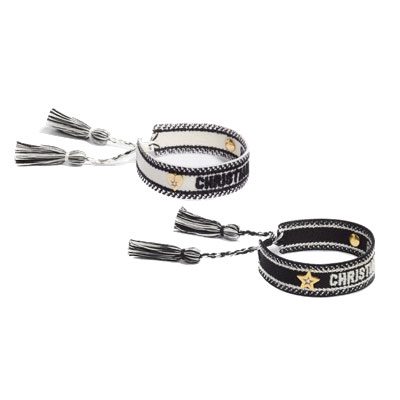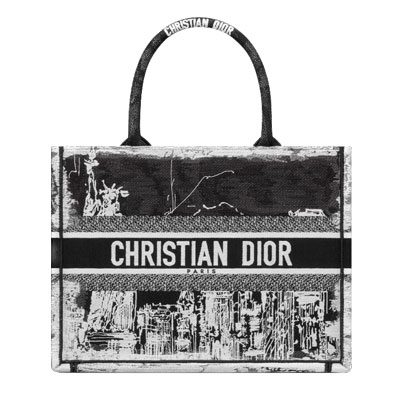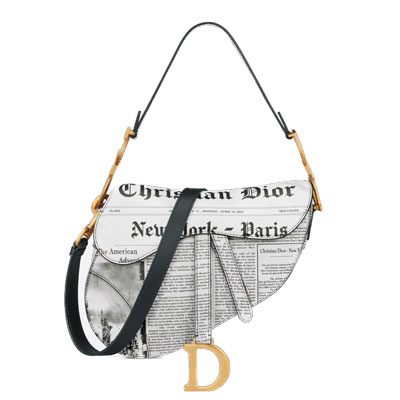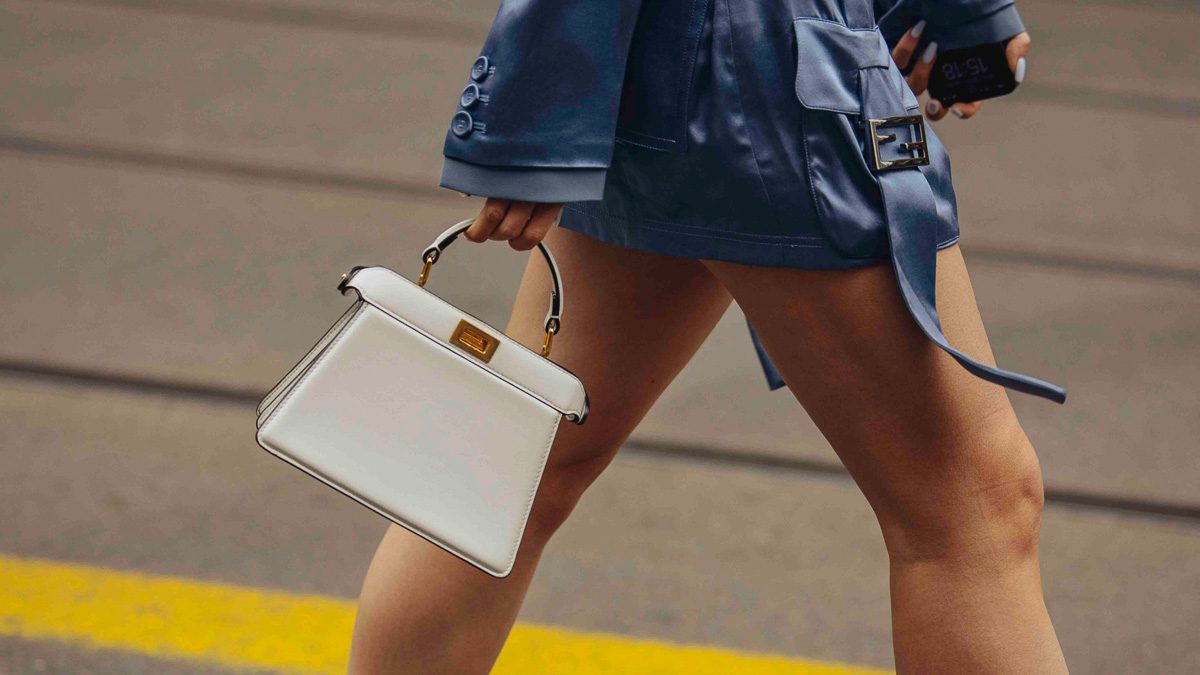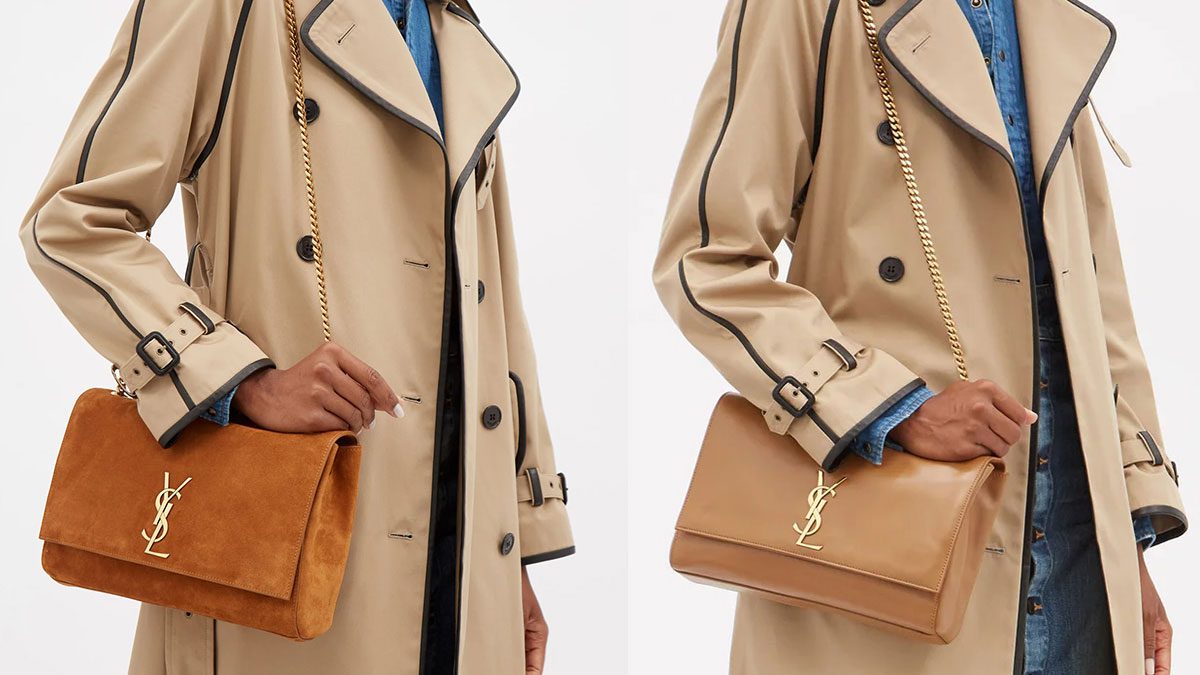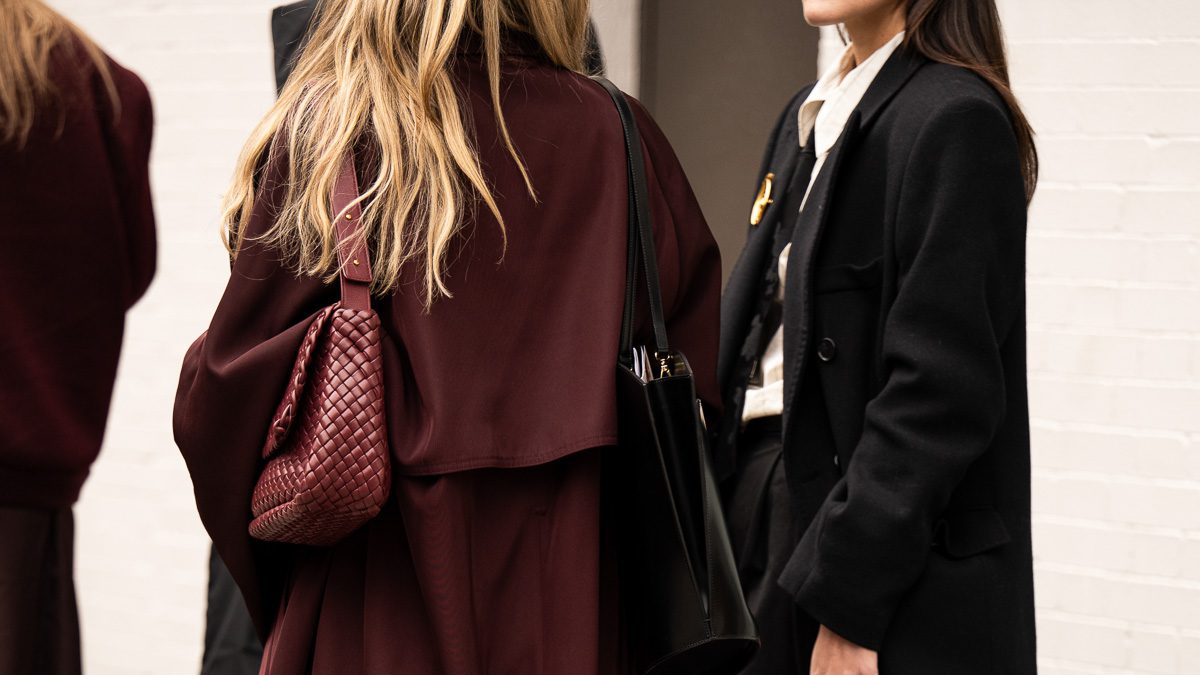These days, it seems like keywords to describe nearly every bag are “vintage-inspired, archival revival, what’s old is new again”. If you’re a handbag brand and you’re not paying attention to all things retro, then you’re most certainly in the minority. From the Dior Saddle Bag and the Fendi Baguette to the latest from Gucci, the Blondie Bag, these blasts from the past have been one of the biggest, if not the hottest, handbag trends of the last few years.
From a business standpoint, these releases make a lot of sense, as the demand for certain past styles has dramatically increased. Not only are brands able to please trend-hungry consumers looking to shop, but they’re also able to capitalize in a way they wouldn’t otherwise be able to with supply being limited to actual vintage items on the resale market. But why are we so obsessed with vintage in the first place?
One word: Nostalgia.
Feel Good Chemicals
Nostalgia is defined as “sentimentality for the past, typically for a particular period or place,” and one that also has positive associations with it. To many, nostalgia simply feels like the good old days. It’s those positive feelings and associations that activate feel-good chemicals in our brain, psychologist Neel Burton explains. Simply put, we want to think about the past and those positive memories again and again because they make us feel good.
Nostalgia is often omnipresent in uncertain times or times of change. It can help an individual put current times into perspective, reassuring us that the feelings of doom or uneasiness won’t last forever. It should come as no surprise then that the nostalgia boom in pop culture and fashion hit a peak in the early 2020s, which can be argued were some of the most tumultuous years in recent history. The nostalgia trend (can you even call it a trend?) began to boom in the late 2010s, and by 2018, it was the hottest thing culturally and aesthetically speaking, and it only continued to grow from there.
Feel Good Fashion
Even before fashion’s very prominent obsession with the past clothes and handbags, putting together looks has been a source of joy for so many. In uncertain times, we look to the littlest things that make us happy for comfort. For many of us, that’s our clothes and our handbags. And as it relates to fashion, nostalgia is one of the greatest tools a retailer or a brand can have today. It speaks not only to our wants and needs but also to an innate desire for a feeling we may not even know we were missing.
Our obsession with past eras and items from them may very well correlate directly to our collective longing for a time when life was much simpler.

